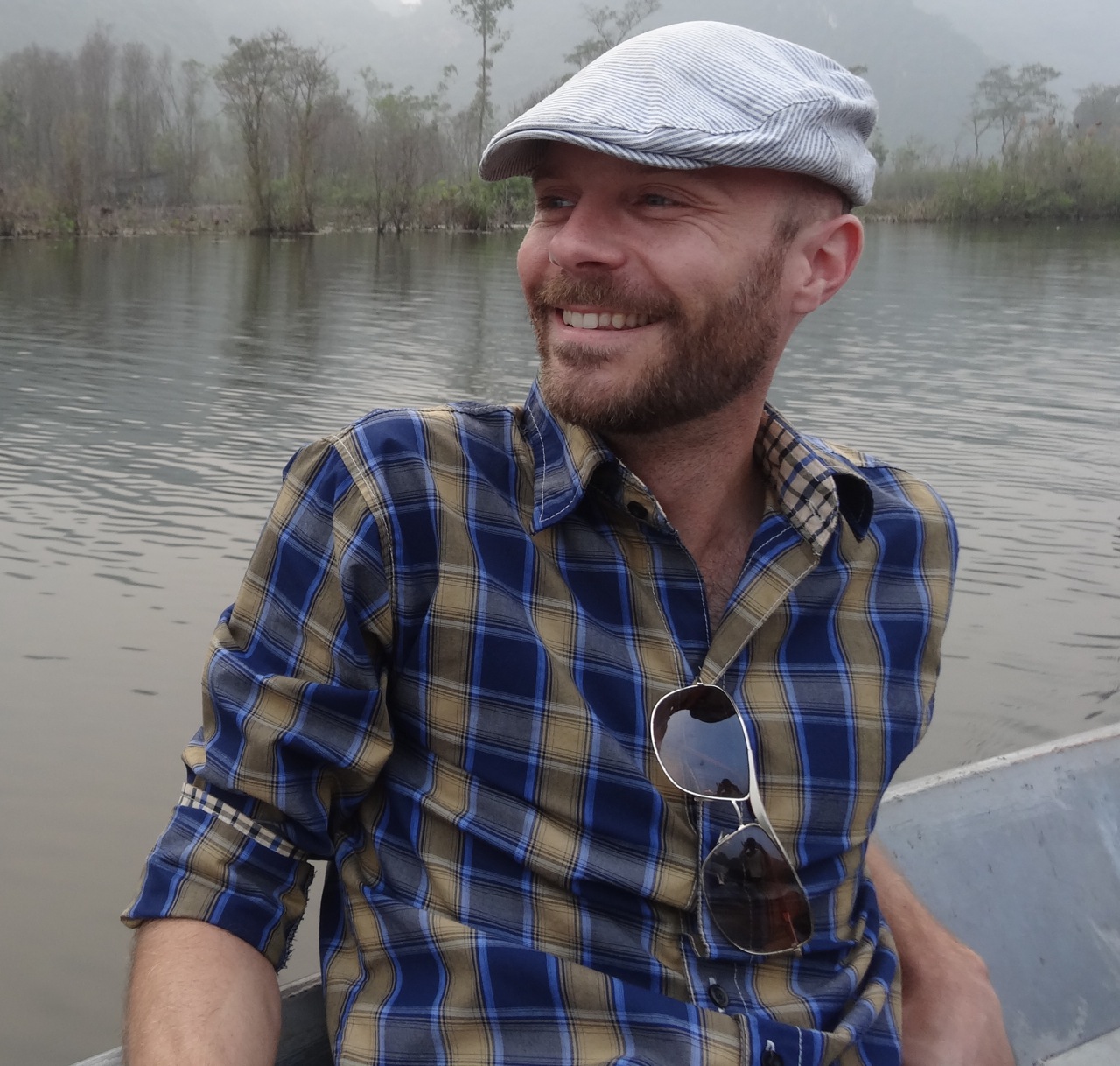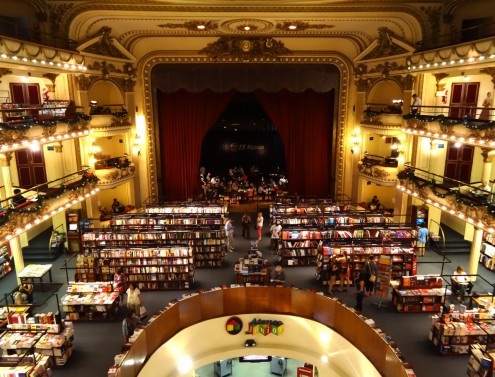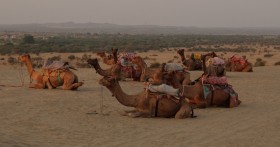The planning and preparation for my around-the-world trip was part of the fun. In case you are thinking of taking your own trip and could use a game plan, here is how I did it. This post includes:
- A pre-trip checklist to show you how to prepare
- A detailed travel budget in Excel including my actual log of credit card expenses and ATM withdrawals over 11 months of international travel.
- A what-to-pack list
- A checklist for basic preparation for visiting any new country
- Links to every key inspirational, informational, research, booking, and business resource I used for my trip
Why not take a first step today?
Pre-Trip Checklist
As I counted down the days until my trip began, I checked off the items on this list of activities to be accomplished beforehand.
- Contribute money toward savings goal (Note: As you plan your savings goal, don’t forget to include funds to cover the time immediately after you return if you won’t have a job at that point.)
- Sell house
- Sell / give away furniture, extra clothes, appliances, etc.
- Write and submit letter of resignation for work
- Outline a rough month-by-month itinerary
- Research around-the-world airfare prices and alternatives
- Research and acquire credit and ATM cards to use abroad
- Get visas for early countries that require them (others can be obtained while traveling)
- Visit a travel clinic to get immunizations and prescriptions
- Write a will and durable power of attorney (I never got around to this, but it would have been smart)
- Set up mail scanning service
- Set up mail forwarding with U.S. Post Office
- Change address with banks and credit card companies
- Notify banks and credit card companies I am traveling abroad
- Buy travel insurance/health insurance
- Cancel auto insurance/homeowner’s insurance/utilities
- Buy power adapter and 4-outlet travel power strip (Note: I also bought a voltage converter, but it turned out my electronics could plug right into a $2 power adapter with no concerns.)
- Move remaining belongings to Mom and Dad’s house
Budget and Financial Resources
I paid for my trip with money I saved in advance. To access money, I used a Capital One Venture credit card (no cost for first year, no foreign currency transaction fees, 2% rewards) and a Charles Schwab ATM card (no cost, refunds on worldwide ATM fees).
I did research on expenses before the trip and made a detailed budget in my Google Drive. During the trip I reviewed all the charges on my credit and ATM cards at least once per week, entered them into my expense tracking spreadsheet, and checked whether I was staying within budget. I used cash for most daily expenses and did not log each individual cash purchase; just each ATM withdrawal.
I budgeted $41,000 and actually spent $38,000 traveling abroad for 11 months. The same basic trip could be done for less; I frequently chose private accommodations, comfortable transportation options, and expensive destinations over budget-friendly alternatives. It would have been possible to save $5,000 by making these three changes:
- Purchase a round-the-world airfare with the same core destinations instead of individual tickets ($2,000)
- Exclude Japan and spend those two weeks someplace along my route instead ($2,000)
- Spend four more weeks in India/Thailand and four fewer London/Paris ($1,000)
If you have Excel you are welcome to download my budget and expense tracking spreadsheet and adapt it for your own use.
I purchased an insurance policy from World Nomads that included health care and travel mishap coverage for $1,000 per year.
Packing List
I decided to start with stuff I already had and see how it went. At times I was under-dressed or slightly uncomfortable or wearing something that was not objectively “clean,” but mostly had what I needed. I made adjustments along the way, acquiring useful new stuff and giving away things I was not using. Here is what I carried:
Luggage: Briggs & Riley roll-aboard suitcase, Jansport Equinox 33 backpack.
Electronics: Apple MacBook, Amazon Kindle Fire, Sony Cyber-shot, travel-sized power strip, universal power adapter. I used the laptop for writing, saving and editing photos, and travel research. I used the Kindle for music and books (including travel guides) and accessing the Internet on the go at airports and coffee shops. The Cyber-shot was great because I could carry it in my pocket, it had enough battery life and storage space to last on trekking trips, and it took awesome pictures. I didn’t use a mobile phone while abroad.
Clothes: One pair of jeans, one sweater, two long-sleeve thermal shirts, one scarf, one rain jacket, one pair of sneakers, one pair of athletic shoes, one pair of flip-flops, six t-shirts, two button-down or polo shirts, one pair of shorts, one warm hat, one sun hat, one swim suit, ten pairs each of socks and underwear. When I needed special stuff like a rain poncho, down jacket, or hiking pants, I either rented it or bought it cheaply and gave it away afterward. When I bought something new I gave away something old. I usually dropped off laundry for wash/dry/fold service, paying five to ten dollars.
Medicines: malaria pills, Cipro, Ibuprofen, Imodium, antihistamines, cold and flu tablets.
Documents: passport (with visas within), photocopies of passport, extra passport photos, immunization record (yellow card), online access to my bank and credit card accounts and budget and expense tracking spreadsheet.
Finding Flights and Inspiration
I used booking.com and Air B’n’B to find most of my accommodations and Kayak and Sky Scanner to find most of my flights. I bought several Lonely Planet guidebooks and used Trip Advisor and Wikitravel for travel information. Sometimes if I was going someplace for just a few days I would download the free sample of a guidebook, copy the “Top Experiences”, and then research them on the Internet myself.
As I was getting excited about going on this trip and thinking about destinations, I was inspired by:
- The Four-Hour Workweek by Timothy Ferriss – Contemporary philosophy and methodology for lifestyle, business, and travel
- Go Backpacking by David Lee and Explore for a Year by Lily Leung – around-the-world blogs by likeable 30-something travelers
- Travel Independent – travel planning web site
- Air Treks – exciting around-the-world airfare route ideas and pricing
New Destination Checklist
As I prepared to move from country to country here are the minimum steps I would take to be ready for arrival:
- Read the U.S. Department of State country summary and other resources as needed to understand immigration requirements:
- Do you need a visa? If so, do you need it in advance?
- Do you have to pay for a visa or entry fee upon arrival? If so, in what currency?
- Do you need to bring any special documents, forms, or photographs of yourself?
- Look up currency exchange rate
- Determine transportation from airport/train station/bus station
- Learn key phrases in native language (Hello, Goodbye, Please, Thank you, Do you speak English? How much does this cost?)
- Learn the culture’s expectations for giving tips
- Determine whether it is safe to drink tap water
Back Home
I opted to quit my job, sell my house, and sell/give away most of my stuff. I chose the “permanent” approach rather than temporary alternatives because I wasn’t sure where I would end up after a year of traveling. Incidentally, I am hoping to end up right back where I started (I had it good!). While on the trip I kept in touch with people through this blog and email. I purchased mail-opening service from Mailbox Forwarding and had all my mail sent to the address they set up for me. They scanned my mail and I read it online.
Web Site
I used WordPress to create this site and it is hosted on Blue Host. The theme is GoodSpace.






